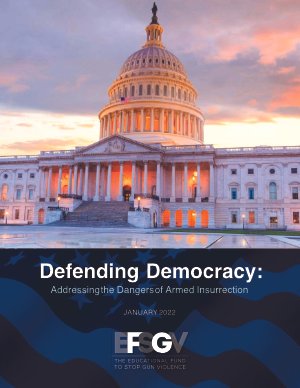By Joseph Blocher, FoNoah Levine
Litigation, scholarship, and commentary about gun rights and regulation tend to focus nearly exclusively on the Second Amendment’s right to keep and bear arms—a constitutional guarantee that was for all intents and purposes legally inert until the Supreme Court’s decision in District of Columbia v. Heller. But to fully understand the landscape of gun litigation, it is important also to account for other constitutional gun rights claims—those that do not derive, at least not directly, from the Second Amendment.
In Part I of this short Article, we highlight some of the most prominent of these claims, including those deriving from the Due Process Clause, Takings Clause, and the First Amendment. Our goal in doing so is primarily to describe and illustrate, not to evaluate, though it is worth noting that some of these claims appear much stronger than others—and perhaps stronger than some courts have credited. Moreover, and perhaps surprisingly, some of these constitutional claims sometimes cut against the interests of gun owners (for example by calling into question the constitutionality of “parking lot” laws that require private business owners to permit guns on their property).
In the second Part of the Article, we address two broad and more speculative questions. First, how do these constitutional claims interact with more traditional Second Amendment arguments? Evaluating that question suggests much about how litigants perceive the relative strength and utility of their rights—for example, whether other rights are a more fruitful basis for gun-related claims. And, going forward, the answers will depend greatly on what the Supreme Court decides in the pending case of New York State Rifle & Pistol Association v. Bruen, which involves the question of whether the right to keep and bear arms extends outside the home.
We conclude by asking what this polycentric constitutional understanding of gun rights illustrates about the constitutional rights and interests of others, including those who support gun regulation as a means to preserve not only their own physical safety, but their freedom to engage in free speech, assembly, worship and other constitutionally salient activities.
77 New York University Annual Survey of American Law 175-198 (2022)





















